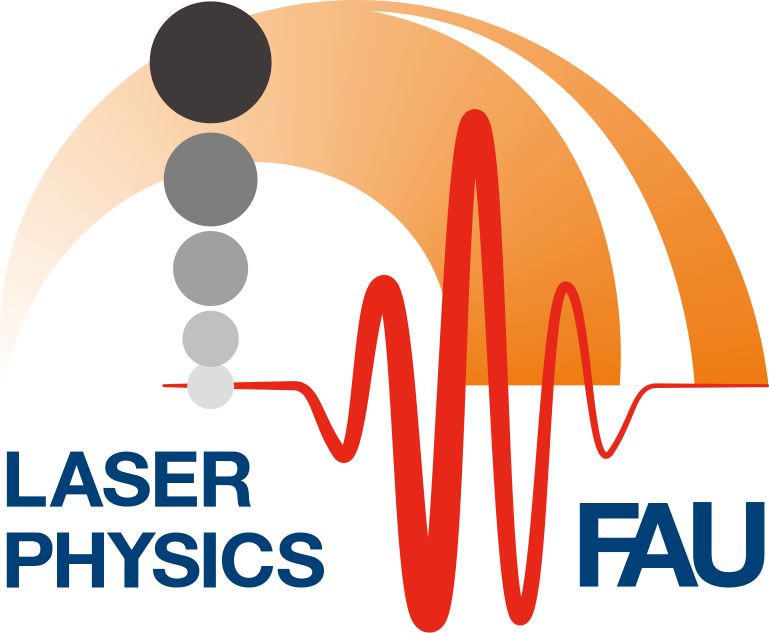Measurement of the high spatial coherence of a pulsed electron source published in the journal Applied Physics Letters
Tungsten nano-tips are currently the most coherent electron sources. This property makes them ideal for use in electron microscopes or other electron-based measurement methods. For the operation, a voltage is applied to the tip, which enables the electrons to tunnel out of the metal (so-called field emission). This generates a continuous and spatially well defined (or spatially coherent) electron beam.
In our experiment, the electrons are not generated by the tunnel effect, but by the interaction with ultrashort laser pulses with a duration of only 6 femtoseconds (1 fs = 10-15 s). We thus receive a pulsed electron beam in which we know the emission time of the individual electron pulses on an ultra-short time scale. By using a carbon nanotube (CNT) as a beam splitter, we were able to investigate the spatial structure of the pulsed electron beam in a matter-wave interference experiment. Here we could show that although the electrons are emitted here in a physically different process, the electron beam is just as spatially coherent as the field emitted, continuous electron beam. This represents an important step towards spatial and temporal high-resolution electron microscopy. The results were published in the journal Applied Physics Letters (APL).

